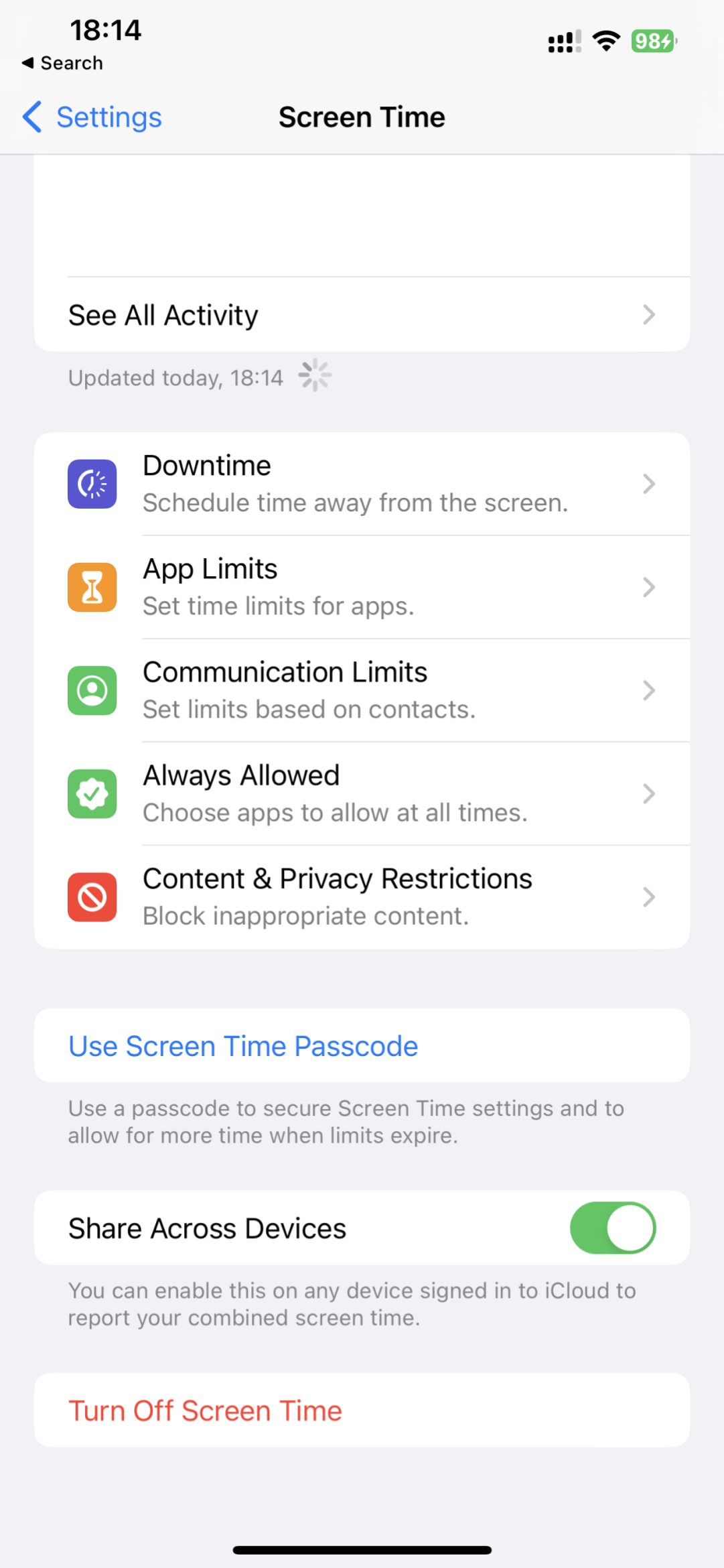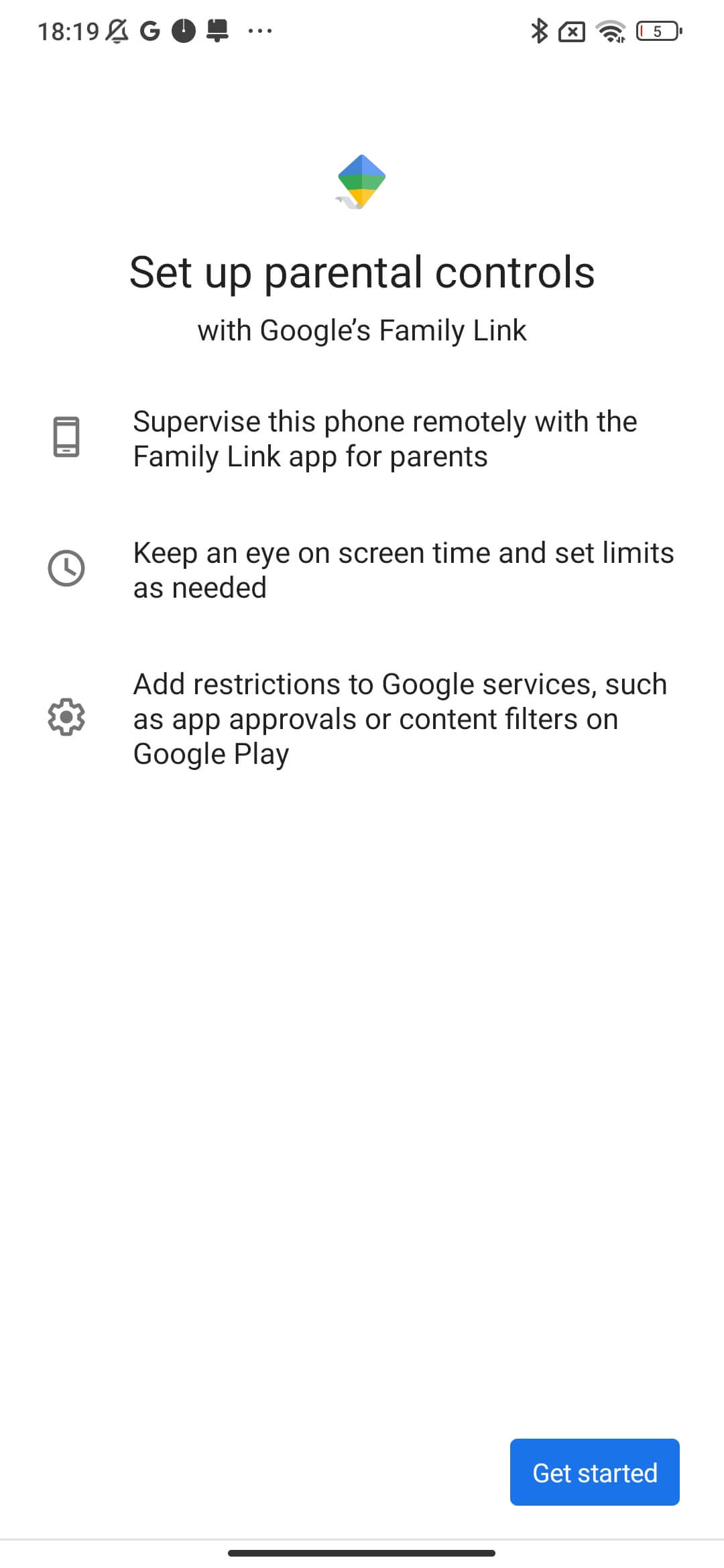Choosing the right holiday gift(s) for your children can be nerve-racking, perhaps doubly so if you’re choosing it for your pre-teen. It’s at that age when many kids feel they’re too old for toys and start insisting they need their first smartphone.
Indeed, at that age, it’s also likely that almost half their friends already have a phone, which only adds to the pressure on parents who try to resist providing one until 8th grade, when the child is 13 or 14. In fact, according to one survey, 43% of tweens – kids between 8 and 12 years old – already have a smartphone, and 57% have a tablet!
Today’s kids grow up with various tech gadgets around them, with tablets even being a common occurrence in the classroom. So, at this point, the question for most parents is no longer “when”, but “how” to talk to their children about complex topics as privacy and security.
But is your kid ready?
As a parent or caregiver, you’re the only one who can really take the final decision. While blogposts – like this one – can help you spot specific challenges when it comes to deciding whether this Christmas is the right time to give your kid a smartphone, there are a few questions you should consider beforehand:
- What’s the main reason you’re considering giving your kid a smartphone? If it’s just to enable calls and texts, wouldn’t a ‘dumb phone’ be enough?
- What’s your kid’s day-to-day life like? Are they just going from home to school and back? Or would it be helpful for them to have a camera and a GPS in case they get lost?
- What’s the policy at your kid’s school on the use of mobile devices?
- Would your kid proactively share negative online experiences with you? Have they already had any?
- Are conversations about privacy and security on the internet a common topic at home and at school?
This last point might actually be key. While we can mostly agree that smartphones are useful for communication, whether a phone’s value to your kid outweighs its risks comes down to how much effort teachers and educators put into creating awareness of topics such as why personal data is so important; why it’s important to use strong passwords; and why personal devices and authentication methods shouldn’t be shared with friends.
If you think these topics are too complex for your pre-teen, then you shouldn’t hand them a smart phone. But do note that today’s kids have grown up with technology, and you (and their teachers) need to prepare them for these topics sooner rather than later.
10 tips to help you and your kid
- First of all, remember that you can have control over your kid’s mobile phone. You can decide what apps they can install and how much screen time they get. Both iOS and Android systems allow you to manage a lot of these parental controls ‘out of the box’, but you can also find a few other options from third-party companies or from a reputable security vendor that protects the data of your kid and your entire family.
- Consider the different brands and operating systems available on the market when choosing the right smartphone. Mainly, think about how each brand manages data protection and privacy. Also, consider the price of the device your kid will be flashing around, and be mindful that at their young age, kids can be easy targets for thieves. You also need to consider your own device in deciding what to purchase for your child. While parental control apps like Google’s Family Link are available both for Android and Apple, if you own an iPhone and want to take advantage of that platform’s native controls, then your kid’s phone should also be an iPhone.
- Kids and teenagers use their phones to stay connected with their friends; they are also a way of socializing. For this reason, remember that when punishing a kid by ‘confiscating’ his or her phone, you are not just taking away “their favorite toy” but a big part of their interaction with friends and fellow students. Instead, consider using other controls, such as limiting screen time for specific apps that you see misused or overused.
- Above all, create profiles for yourself on the social media platforms where your kid is active. Make the request to follow them, monitor their activity and let them know you’re doing so. Not only will you be more in touch with their reality, but you’ll be helping them learn how to regulate their online presence.
- There’s no way around it: Tweens and teens need to explore their identities. Before technology was so widely available, parents had limited knowledge about these explorations; such discoveries took place during school breaks or on a kid’s Saturday walk to the mall. But now, the videos and photographs kids share on social media serve as open windows into the development of their personality and individuality. Some of what you see through those windows may seem scary, but it is important to remain calm and kind, and to remember that such explorations are normal and healthy behavior for children. This being said, never hesitate to talk to your kid about anything you see that concerns you. And absolutely insist on talking about online safety, possible risks and cyberbullying. Create a safe space where your kid can trust you, but always be on the lookout for inappropriate behaviors and red flags.
- Set boundaries. Whether it is the phone or the TV, limit your kid’s screen time to ensure that they are also paying attention to other things, such as reading, playing a game or meeting friends in person. Make clear rules, such as “No phones during dinnertime or 30 minutes before going to bed.” Giving kids clear rules from the outset will also help them learn how to manage their time.
- Know your kid’s passwords, but respect their right to privacy as long as they follow the rules you’ve agreed upon. This is important to ensure a trust-based relationship. Remember that kids can be sneaky, and their almost innate understanding of technology might make it easy to outsmart you if you’re not careful. For example, if your kid tends to follow most rules, but you find they use their phone after bedtime, consider taking the phone away at night, but give them the assurance that you won’t dig through it.
- Good behavior can be rewarded with additional screen time. Advancing maturity and changing needs will also affect phone use rules. For example, while you might want to limit your 10-year-old’s WhatsApp screen time, by the time they turn 13, you might have already lifted that restriction. On the other hand, you might be willing to give your 10-year-old more time for mobile games than you want to allow them at 14, to ensure they don’t lose focus on studying. Keep in mind that while it is up to you to make any decision, you’ll get better cooperation if you can lead your kid to agree with what you suggest rather than just imposing it.
- Losing or breaking their device doesn’t have to mean it will be replaced, and if it is, establish in advance who’s going to pay for the replacement. While some kids might be easily distracted and prone to losing their belongings, even a responsible kid can lose a phone, just like an adult can. In either case, it’s important to ensure that your kid knows phones are expensive. They should be aware it is for them to be responsible for the device and to make sure they don’t misplace it.
- Remember that the basic phone rules you make for your kid should also apply to you. If your kid’s phone is not allowed at the dinner table, yours shouldn’t be there, either. If you’re trying to get your kid to spend more time reading a book, don’t sit next to them and check your social media while they read. Of course, you won’t always be able to follow the rules (for example, you may need to answer a call from your boss during your family dinner). If you need to, explain why a specific rule might not apply to you at times, and suggest to your kid that as they get older, they’ll also be allowed some exceptions.
Letting kids have a smartphone does not have to be a headache. It is challenging, and it does add to the usual parenting concerns, but a smartphone can also be an amazing tool for keeping kids in touch with relatives and friends, helping them store memories, encouraging them to learn something new and for connecting in case of an emergency.
Teach your kid the different ways the can use their gadgets in order to make their lives easier and even more fun. Show them music and films, as well as and educational games and Wikipedia. Teach them how to use search engines correctly. And remind them that just as in real life, they shouldn’t talk to strangers, much less share personal information with them.
Here's how you can set up parental controls on your child’s new phone.
Indeed, why not head over to Safer Kids Online and learn more about dangers faced by children online and how technology can help keep them safe?
Also, make sure to watch ‘Hey PUG‘, ESET’s new animated series teaching kids to recognize online threats.







